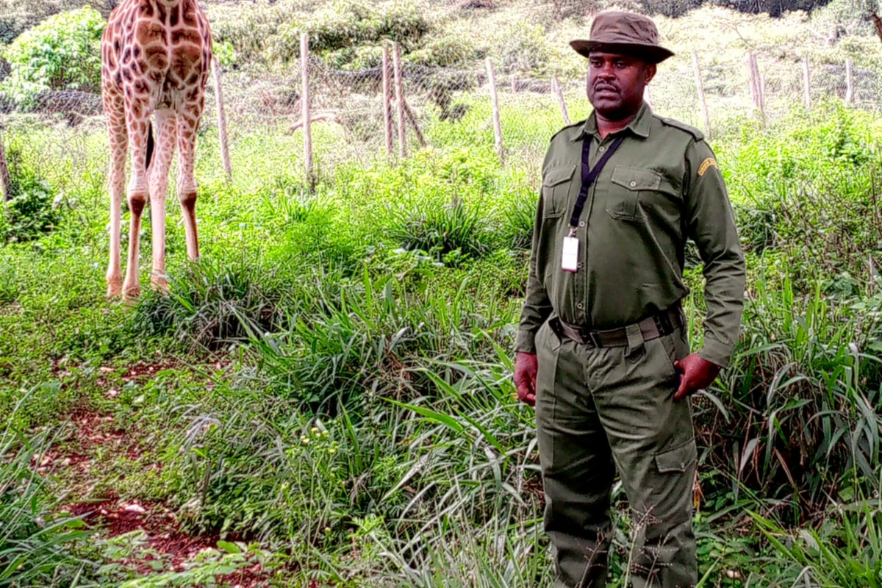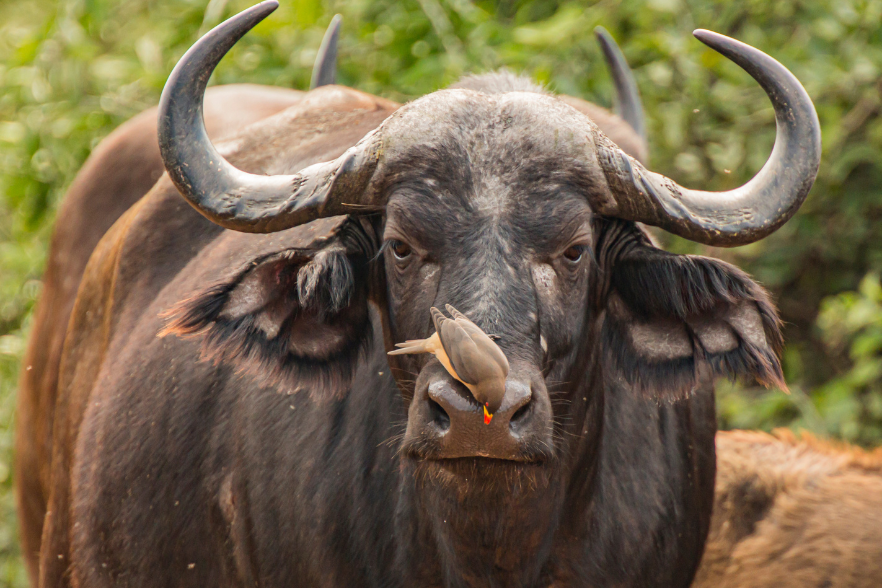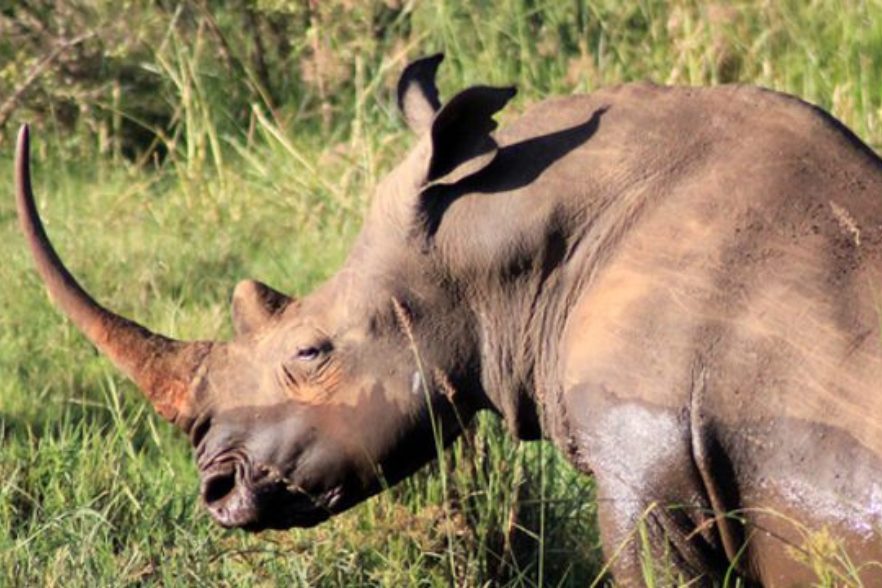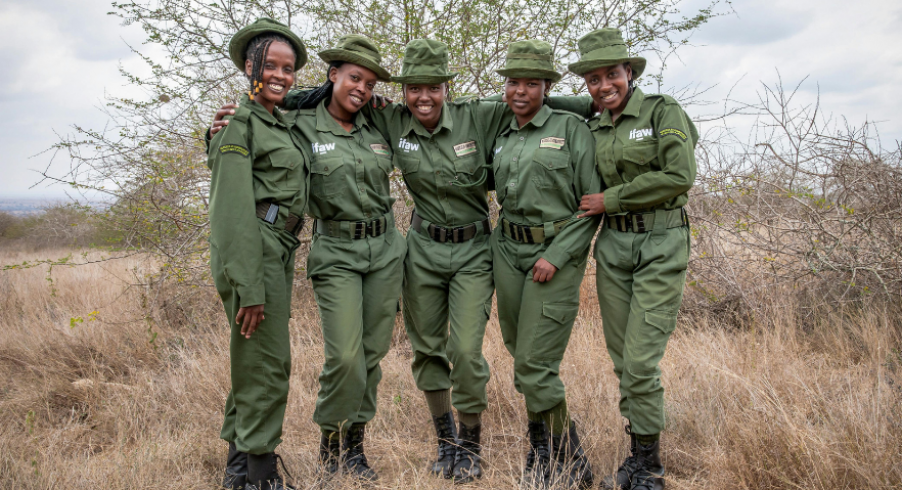As enforcers of Kenya’s wildlife laws, Meru Conservation Rangers exhibit a resolute commitment to serving humanity and protecting wildlife resources. Yet, they must balance the dualities of these competing priorities.
The Meru Conservation Area, a significant wildlife ecosystem, has become an exemplar of successful conservation efforts, overcoming challenges such as poaching and insecurity that once plagued the region. This conservation area, home to some of Kenya’s endangered species like the black rhino, Grevy’s zebras, and elephants, has historically grappled with excessive human-wildlife conflict, poaching, livestock intrusion, and other conservation issues.

For many rangers, growing up alongside wildlife ignited their desire to protect these ecosystems. However, their duty to serve local communities is equally rooted in the need to safeguard the very resources that sustain livelihoods. Protecting community livelihood fosters unity in areas of high human-wildlife interaction and must be prioritized in conservation initiatives. Rangers are, therefore, obligated to ensure their efforts foster positive relationships with locals and mediate conflicts. Failure to serve the community may lead to resentment and resistance toward conservation efforts.

In recent years, poaching and rising incidents of human-wildlife conflict in Meru have raised concerns about the relationship between conservation managers and locals, leaving many questions unanswered. The dilemma of whether people are encroaching on wildlife corridors or wildlife trespasses on farms remains unresolved. Combined with harsh weather, long working hours, armed poachers, and occupational hazards like disease exposure, rangers face incredible challenges, often with inadequate resources and gear. Despite the tension of their daily routine, few of us could rise to meet the demands of their duty.

The controversial history of conservation underscores the tension between local livelihoods and ecosystem preservation. In places like Meru, however, conservation has become central to communities. Community-based conservation integrates local welfare into its goals, enabling rangers to align their responsibilities with service-oriented initiatives. Communities, acting as co-managers of these protected areas, complement rangers’ efforts—without whom conservation wouldn’t thrive. The Marsabit-Meru conservation project exemplifies how community collaborations promote conservation efforts.

Habitat loss and environmental degradation caused by climate change continue to push wildlife closer to community settlements, escalating conflicts over shared resources. However, Meru’s conservancy management model has been effective in balancing conservation and community needs. These collaborations bring tangible benefits through training, leadership opportunities, and employment as community rangers. Moreover, education serves as a bridge for sensitizing locals to conservation’s significance and its benefits.

